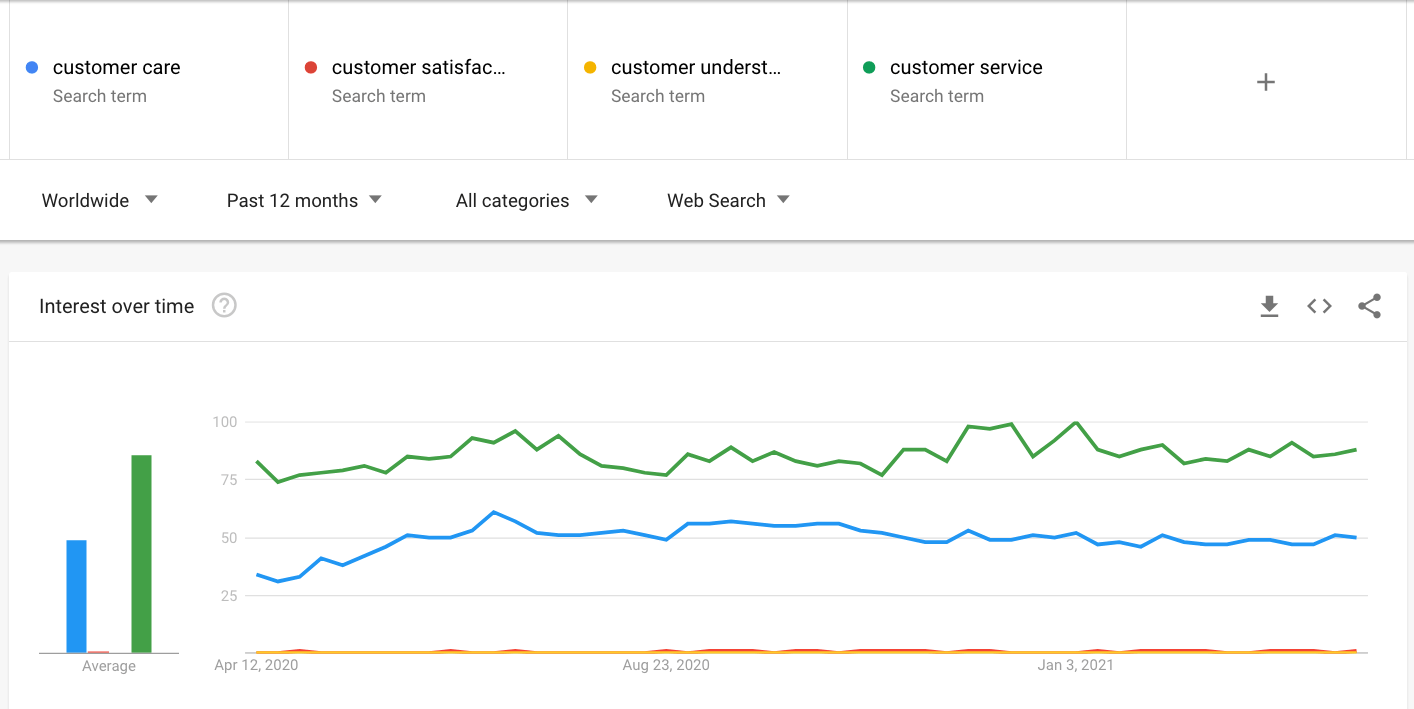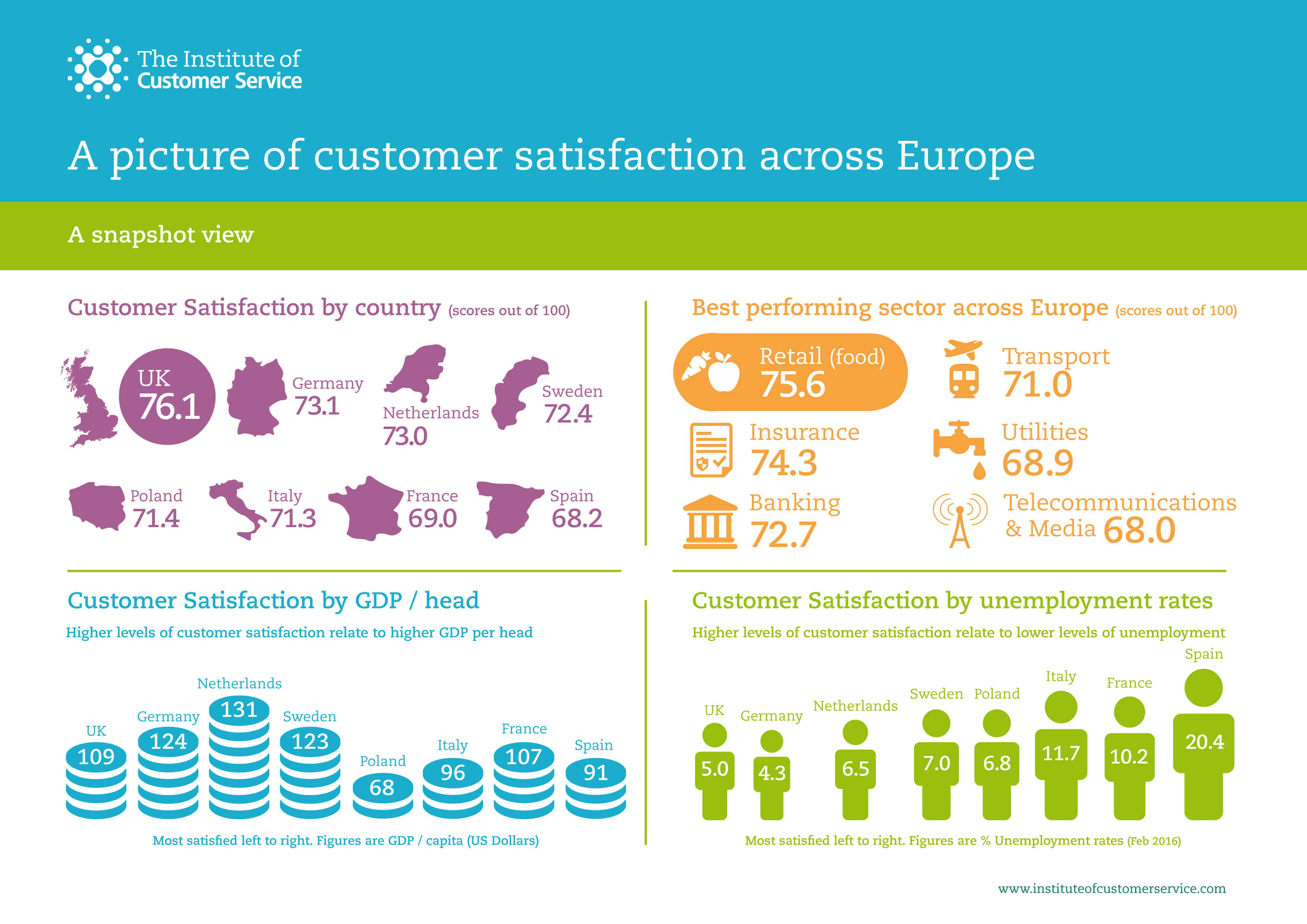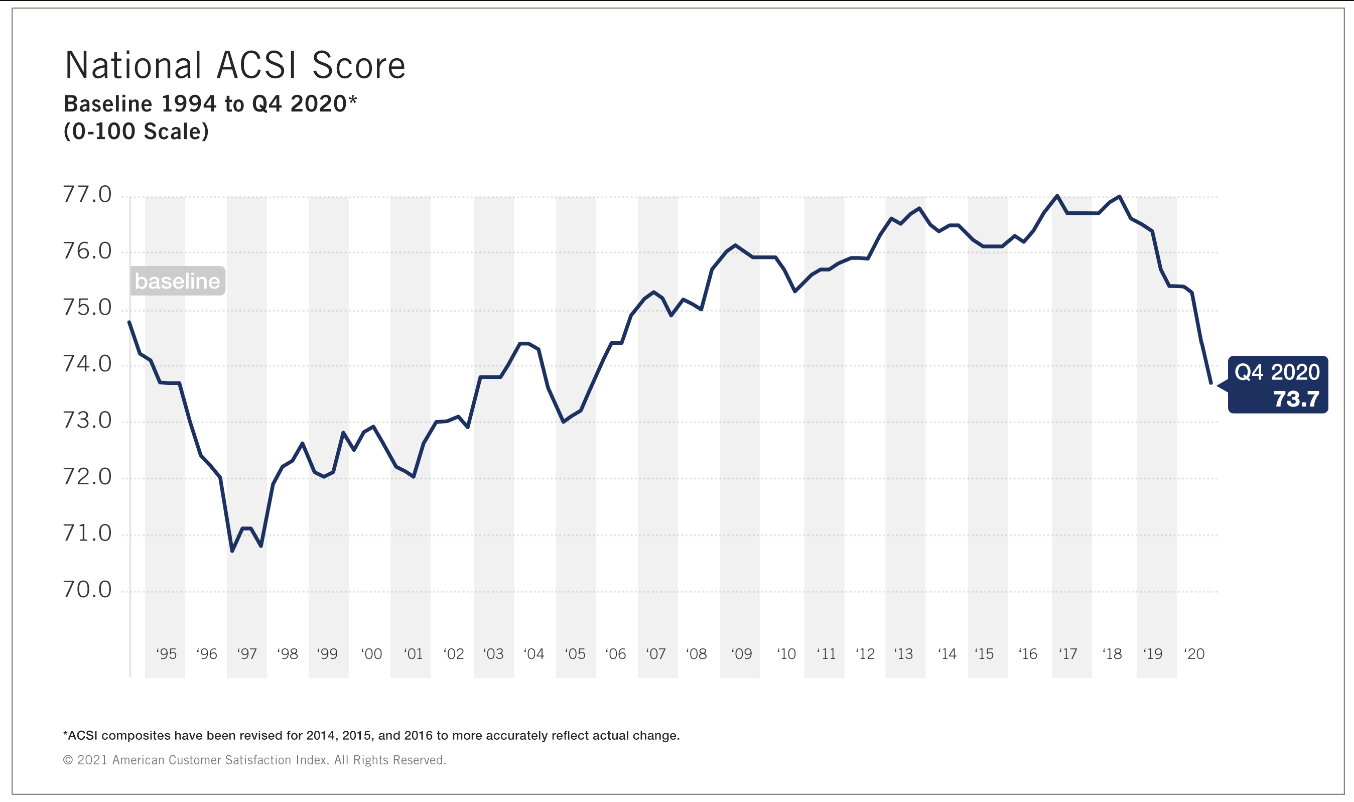As a customer-first strategist (just like you I hope), I spend a lot of my time searching how to better measure customer-centricity for my clients. I also do a lot of analyses on what customers really want today. I’m always trying to understand the exact solutions customers need, desire and dream of having.
My regular searches include customer service, customer satisfaction, customer care and similar topic areas. Google is my best friend! However, I recently came across some surprising facts, which prompted this post. I believe they show a serious problem in the business of looking after our customers today. Read the article and then let me know whether or not you agree with my analysis.
WHAT IS CUSTOMER-CENTRICITY?
Wikipedia, another online friend of mine, doesn’t have a definition of customer centricity! If you look up the term, you get redirected to customer satisfaction! Try it for yourself and see.
My other go-to source for definitions is businessdictionary.com which defines customer-centric as:
“Creating a positive consumer experience at the point of sale and post-sale.”
It then goes on to say
“A customer-centric approach can add value to a company by enabling it to differentiate itself from competitors who do not offer the same experience.”
Now although I find the definition limited, since it refers only to sales and post-sale activities, I do like the fact that it mentions three important elements of customer centricity:
- A positive customer experience
- Adds value to a company
- Enables differentiation
This clearly identifies three huge benefits of becoming (more) customer-centric:
1. A positive customer experience has been shown to increase both loyalty and advocacy. As we all know, it costs five times more to acquire a new customer, as it does to keep a current one. Therefore loyalty is an incredibly valuable benefit for a brand.
According to recent research by Bain & Company, along with Earl Sasser of the Harvard Business School increasing customer retention by just 5% can increase profits by between 25% and 95%. OK a very wide range, but I’m sure we’d all be happy with even a 25% increase in profits, wouldn’t we?
One further piece of research, this time from Marketing Metrics, shows that the probability of selling to an existing customer is 60 – 70%, whereas the probability of selling to a new prospect is less than 20%.
Clearly placing more attention on keeping our current customers satisfied brings greater rewards than going after new ones. And yet that is what most companies set as a priority. Any ideas why?
2. Adding value to a company also increases the ROI of its marketing investments. This is something that marketing is constantly challenged to prove these days. With the risk of seeing their budgets cut if they are unable to provide convincing arguments to their bosses.
Luckily, what’s good for the customer is good for business. You can see many more facts and statistics about this in Forrester’s report “The Business Impact of Customer Experience.”
3. Enabling differentiation in this complex world is invaluable in standing out from the competition. In so many industries, product performance and services are almost identical. So how can you be seen as different – and thus also more valuable to customers?
By the care you give your customers and the added value of your customer service, that’s how. And knowing what your customers really want, need or ideally dream of.
It has been shown that most customers are willing to pay more for excellent customer service. You can read a summary of this and more in the summary report of the American Express research.
I would also add that what customers really want today is a seamless experience from pre- to post-purchase, as well as from online to offline. That’s how you deliver satisfaction and build loyalty.
Find out how good your own customer-centricity is.
Take the FREE quiz now.
THE IMPORTANCE OF CUSTOMER SATISFACTION AND UNDERSTANDING
There is no denying that customer-centricity is important. However, some companies are (too?) slow to adopt best practices in this area, which concerns me for a number of reasons:
- It is now proven that it is important for the business, so what is stopping companies from quickly adopting a more customer-centric approach? The longer they wait, the more they risk being beaten by a more customer-friendly competitor. It’s no longer (just) about product performance.
- Customers are complaining – a lot – about the way they are being treated. Why are companies not accepting these criticisms as the gifts they are? Acting promptly before the issue becomes a social media viral discussion is essential today.
- Customer service is confused with customer satisfaction. Companies are happy when their customers say they are satisfied, but they should be looking not just to satisfy them but to delight them too!
As mentioned before, the research that prompted this post was a Google keyword investigation of terms related to customers. Having seen the strong positive trend for the word customer, I then wanted to understand what it was about customers that was of interest. I found that both customer service and customer care showed almost identical positive trends.
However, when I looked at customer satisfaction and customer understanding the trends were flat and worse, minimal. (You can see the trend graph below with service in green, care in blue, satisfaction in red and understanding in yellow)

These trends suggest to me that companies search how to improve their customer service and care, but not about how to understand their customers or increase their satisfaction!
How can this be? Surely an interest in customer service should come from an increased understanding of how to deliver customer satisfaction. Apparently not.
And this is when I realised that perhaps businesses are more interested in the process than the real benefit of customer-centricity. That is a serious flaw in their thinking in my opinion. What do you think?
To confirm my hypothesis, I looked into customer satisfaction levels and their trends. After all, many more companies are interested in customer service these days. So you would think it should have a positive impact on customer satisfaction.

According to the latest report from The Institute of Customer Service on customer satisfaction across Europe, retail, insurance and banking are the three best-performing industries.
This was a surprise to me because they used to be the most heavily criticised. However, this suggests that they have taken action, albeit because they had little choice, and that most other industries continue to ignore what their customers really want. You can see the Infographic overview above; click on it to see the full-sized original.
I then went back to Google to find ways which were suggested to increase customer satisfaction. I found more than two million articles on how to do it, but very few on the results. Again, extremely worrying.
According to the US ACSI (American Customer Satisfaction Index) Q4 2020 report, customer satisfaction continues its decline started back in 2018. It is now at its lowest level since 2005, exacerbated of course by the covid pandemic.

The UK is showing a similar negative trend. The January 2021 UKCSI is 76.8 (out of 100), 0.1 points lower than January 2020 and the lowest level since July 2015.
No doubt influenced by the COVID-19 pandemic, customer satisfaction with the Public Services (National) sector has risen by 1.5 points, whereas that of Banks and building Societies, Tourism and Transport have all fallen by at least 1 point compared to January 2020.
THE KEY TAKEAWAYS
So what does a business need to do to deliver what their customers really want today and increase their level of satisfaction? There are seven facts that become apparent from this analysis:
- Businesses should always provide a positive customer experience and do whatever it takes to satisfy but ideally delight them.
- Companies must go beyond the mere process of customer-centricity, to truly put their customers at the heart of their organisation.
- Customer centricity adds demonstrated value to a company; it should be a no-brainer to become a top business objective.
- Customer-centric improvements are happening too slowly in most industries, especially when customers are becoming increasingly demanding.
- Providing customer service doesn’t guarantee customer satisfaction.
- A positive customer experience increases loyalty and advocacy.
- Excellent customer service enables differentiation and even higher prices.
In summary, people want businesses to listen and understand them. When a customer takes the time to contact a company because they are unhappy, they expect a satisfactory outcome as a minimum. Those organisations who go beyond, to deliver delight, will see their reputation improve, as well as an increase in their customers’ loyalty and advocacy.
Customers also want companies to be open and transparent. They want answers to their questions and immediate responses to their criticisms. They have a right to know the source of ingredients, the ingredients themselves, their country of origin, the charities the company supports, or the organisation’s policies on waste, water and sustainability.
What customers really want today is to have their questions answered (almost) immediately, especially on social media. They expect things that go wrong to be put right – quickly, with an equally rapid explanation and apology.
So how are you doing? Are you living up to your customers’ expectations? Are you delivering what your customers really want? How have you made progress in this area in the past year or so? Please share your success stories below.
You can no longer wait! You’re getting left behind by your competitors who are taking action today!













